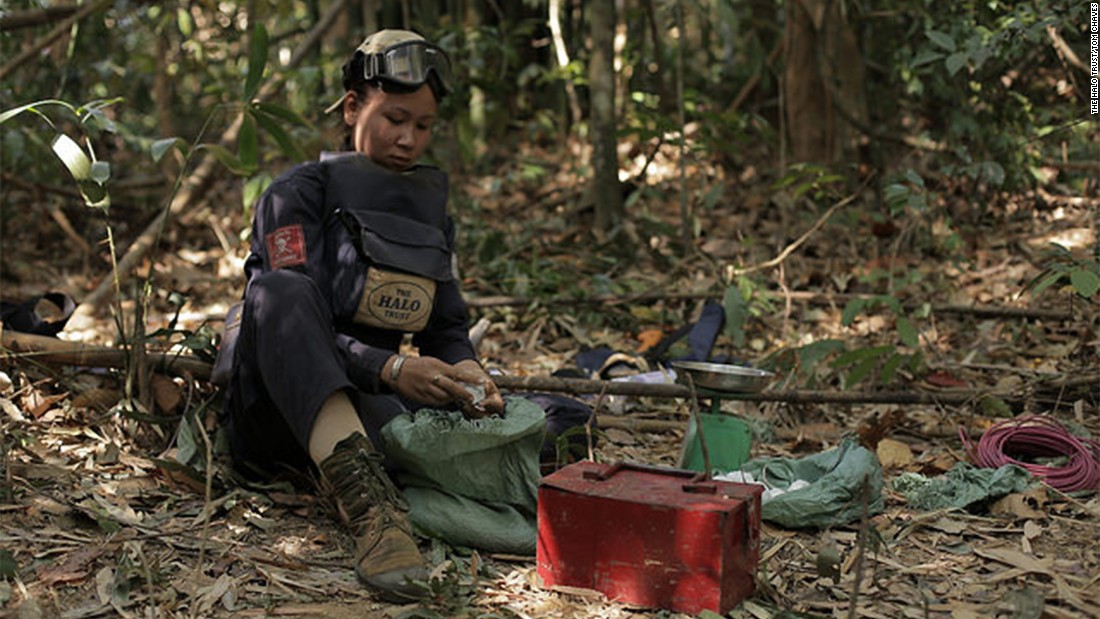For two years after the accident, Yei Yang refused to leave his home.
“I couldn’t farm, I couldn’t go to see friends, as they might be afraid of me,” Yang tells CNN.
“I didn’t want to live.”
Yang was just 22 and burning rubbish near his village in the province of Xieng Khoung in north-eastern Laos, when a bomb blast tore off one of his eyelids, his top lip and an ear, mutilated one of his arms, and left him with severe scarring from the waist up.
“I remembered I burned the garbage, but after the explosion I was unconscious for two weeks,” Yang says. “I felt extreme pain…all over my body. I still feel pain always.”
His wounds were not caused by a modern day conflict, but by the remnants of a war that was waged more than 40 years ago, and is still destroying lives in this small Southeast Asian nation.
Some 80 million unexploded bombs are scattered across the country — the deadly legacy of what became known as America’s “secret war” in Laos — a CIA-led mission during the Vietnam War.
2 million tons of explosive
The operation was aimed at blocking Vietnam’s supply lines on the Ho Chi Minh Trail in the south of Laos, and also to support the Laos government loyalists in a civil war against communist forces in the north.
In total, between 1964 and 1973, the US dropped more than two million tons of bombs — one of the heaviest aerial bombardments in history.
Most of the munitions dropped were cluster bombs, which splinter before impact, spreading hundreds of smaller bomblets — known locally as “bombies.”
To this day, less than 1% of the bombs have been removed, according to US-based NGO Legacies of War, which is spearheading the campaign to clear them.
“We were all but forgotten here,” says the Laos-born founder of Legacies of War, Channapha Khamvongsa.
But the people of Laos can’t forget, as the “secret war” is still claiming victims.
Bombs mistaken for toys
More than 20,000 people have been killed or maimed by the unexploded ordnance (UXOs) since the war ended, and currently, 50 people are maimed or killed every year.
Around 40% of those are children.
“(The bombies) are tennis ball sized weapons,” Khamvongsa says. “The children often mistake the bombs for toys, and pick them up and throw them around. This is often the cause of an explosion.”
Farmers are also among the worst affected, as the poorest are forced to toil the mine-laden fields to feed their families.
“Eighty percent of people rely on their land to grow food in Laos,” Khamvongsa says. “So they still use their land even at the risk of their own lives.”
President Barack Obama, who arrived in Vientiane late Monday, addressed the US wartime legacy during his three-day visit to Laos, by announcing$90 million in funding for bomb clearance.
As the first US president to step foot inside the country, everything he says will be closely watched by the people of Laos.
“People are just anxious to hear what an American president has to say about it and to acknowledge what the US did here,” Khamvongsa says. “This will bring greater visibility to what has happened.”
Source: CNN



